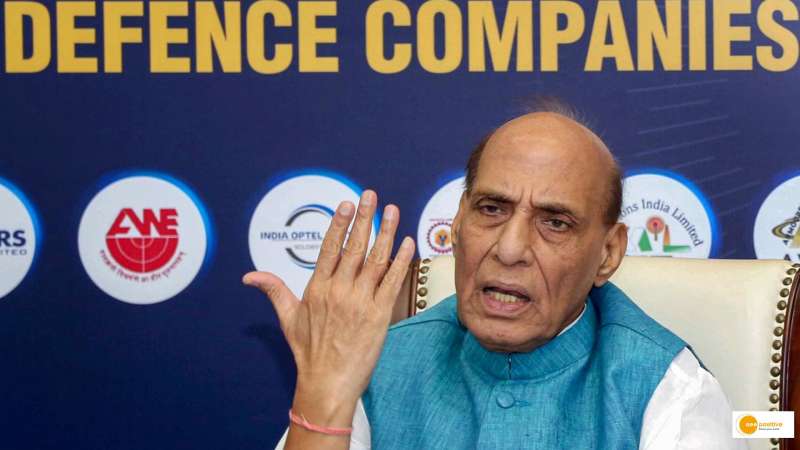

According to Army sources, the Army has put in place a road map to induct electric vehicles (EV) wherever possible, taking into account operational commitments, which will significantly reduce reliance on fossil fuels.
“Keeping in view the necessity and employability of EVs over various terrains, the Army will equip a few units located in peace stations with EVs sequentially. Around 25% light vehicles, 38% buses and 48% motorcycles of the select units and formations will be changed to EVs with adequate charging infrastructure,” a source said. “Various factors unique to Indian Army’s employability, remote locations of employment and operational commitments were considered to arrive at a definite time-bound road map.”
The source stated that the Army was also procuring EVs through the capital route, and that according to plans, the existing bus shortage would be filled by procuring electric buses for select peace establishments for initial exploitation. According to the source, an open tender enquiry for the procurement of 60 electric buses as well as 24 fast chargers will be issued soon.
Army already begun using EVs
Apart from these, the Army has already begun using EVs as part of civil hired transportation, according to officials. Stations such as Delhi Cantonment have already established charging stations to support EVs hired or inducted later, according to one official, who added that a number of charging stations were also open to civilians at Delhi Cantt.
To enable a viable EV ecosystem as part of the overall plan, the required support infrastructure is also being created, the source said. EV charging points in the parking lots of offices and residential complexes for on board charging are being set up which will have at least one fast charger and two or three slow chargers.
This includes electric circuit cables and transformers with sufficient load bearing capacity based on the expected number of EVs per station. Solar panel-powered charging stations are also being phased in to reduce the carbon footprint of these EVs to near zero, according to the source.
In line with global efforts to achieve carbon neutrality, Prime Minister Narendra Modi pledged that India would achieve carbon neutrality by 2070 and cut emissions by half by 2030.


